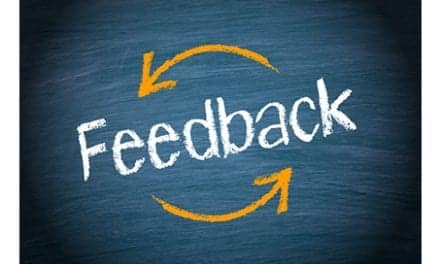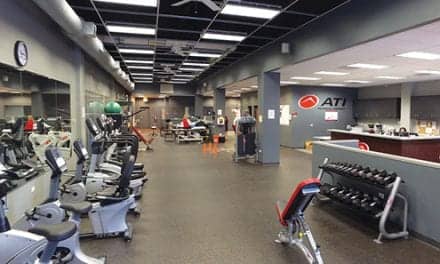Athletes often receive physical therapy as the result of an injury. But recently, there has been a shift toward proactive physical therapy to help correct imbalances to prevent injuries and improve athletic performance, according to Penn State Health.
The key is to seek assistance before an injury sidelines the athlete, according to Dean Plafcan, a physical therapist with Penn State Health in State College.
“Consider enlisting a physical therapist or athletic trainer to look for weaknesses or imbalances in one part of the body that might be impacting other areas,” Plafcan says, in a media release. “The result of identifying problem areas and doing targeted therapy and training can be better athletic performance with less risk of pain and injury.”
For example, back pain—a common complaint among golfers—could be caused by the golfer’s desk job.
The golfer who sits at a desk most of the work day — frequently followed by sitting on the couch in the evening — ends up with shortened hip flexors, the muscles on the front of the hip. This forces the lower back to do more of the work during a golf swing, and pain results, the release continues.
“Proactive physical therapy can diagnose this imbalance and improve hip mobility,” Plafcan adds. “The result is less risk of back pain, plus a more powerful downswing and greater yardage on the golf course.”
Using a scale to identify functional movement deficits that could result in injury, a physical therapist can target those deficits to build strength and prevent injury, rather than focusing solely on rehabilitation after an injury.
Another cause of a physical imbalance is the natural one-sidedness of many sports.
“A baseball player, tennis player or golfer constantly works one side of the body more than the other, depending on whether the athlete is right-handed or left-handed,” Plafcan states.
This imbalance can extend beyond muscles to bones. An X-ray of an avid tennis player’s dominant forearm might show thicker and larger bone than on the other forearm.
“Yes, these athletes need great strength on their dominant sides to excel in their sport, but weakness on the other side of the body can lead to overcompensation and injury,” he commentgs. “By targeting exercise to increase symmetry in strength and flexibility, the athlete can improve overall performance.”
[Source(s): Penn State Health, Newswise]





